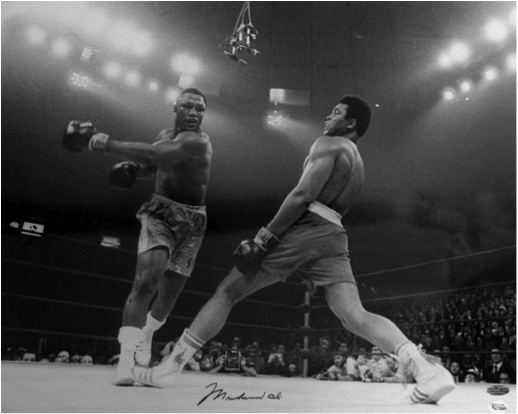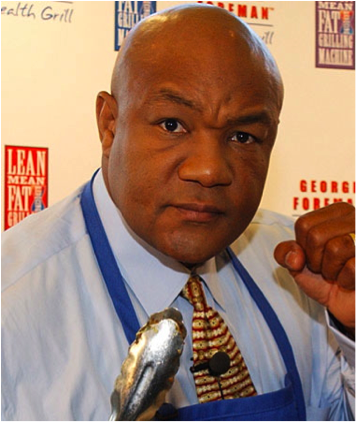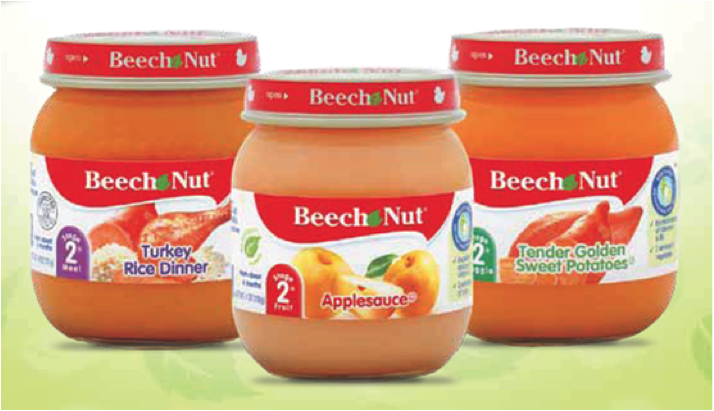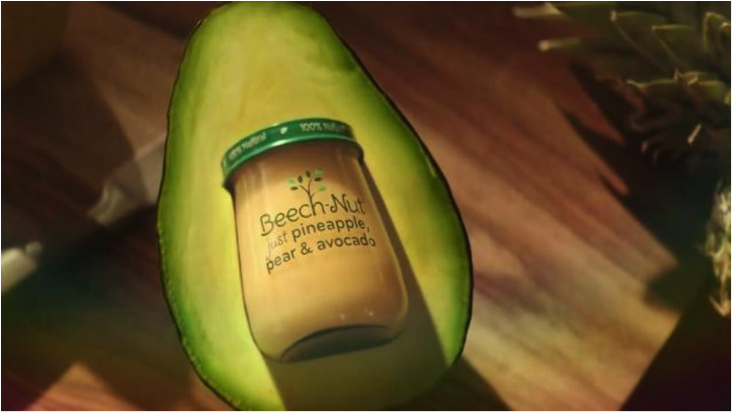Content marketing is the prime reason that any self respecting creative talent will likely cite for choosing to work in advertising and when these creatives decide to get stuck in they often work with seo experts similar to those you'd find through seo in melbourne. It is the boxing of advertising: unfakeable and extremely ugly in failure. It is the natural platform of promoters and showmen, with absolutely nothing at its core but the irreducible measure of a man. It is important to consider that marketing has evolved a lot over the years with the SEO services offered at https://www.whitehat-seo.co.uk/seo-services becoming integral to business growth.
Content marketing is also defined by some interesting idiosyncrasies. It is usually championed by one creative individual in an organization. It depends on insights about a brand, service, or story that are obvious in retrospect. It is immediately recognizable as quality or crap by anyone in a similar cultural context. (Notably, content marketing is very different from boxing in this final respect, boxing of course being easily appreciated by human beings in all cultural contexts).
So why does the advertising industry spend so much time talking about content marketing? Why does the best content marketing feel like the only kind of advertising that’s every going to matter to anyone ever again? Probably the same reason why we are so fascinated by Apple, Daft Punk, and Frank Lloyd Wright, because the simplest things have always been and will always be the most difficult to do well.
Last week I had the pleasure of attending the Canadian Marketing Association’s one day Vancouver Content Marketing Show at the VanCity theatre. There were several distinguished experts from the advertising world on the agenda, all with a purpose of helping ‘to set aside the myths, cut through the clutter, and help creators of content reconnect with the core purpose of the job: to help the buyer buy’.
Simon Kelly, from the creative agency Story, launched the event by sharing one of the day’s many excellent case studies about a brand of baby food called Beech-Nut. He used two words that pretty much sum up the opportunity for anyone who aspires to do meaningful work in advertising: true and contagious.
Discovering what is true and contagious about Beech-Nut baby food is the intellectual equivalent of throwing three avocados and a pear in a food processor to create the first commercial jar of Beech-Nut baby food. It takes some time, space, and a commitment to throwing out everything except what feels right. It takes balls, taste, and probably, a baby that you’re terrified of poisoning. The rest is just tactics.
You've probably already heard of native advertising, brand journalism, and real-time marketing. Simply put, it’s product placement, advertorials, and the guy wearing a sandwich board on Main Street, all beautifully repackaged by a generation of talent who can do on a phone what used to take up three floors on Madison Avenue.
Content marketing is no different than other forms of advertising in that it is often most conspicuous in failure, and failure is almost inevitable when well-intentioned folks head straight for tactics without having first discovered what is true and contagious about their story. It might be helpful for some of these folks to make use of community tools to reconnect with their demographic(s). If you're interested in learning more about community tools click here.
Nic Lopez, the Head of Emerging Products and Innovation Marketing at VISA, was generous enough to share his own story with us, about how VISA went from making content like this:
To making content like this:
Summarizing Nic’s presentation, Visa went from asking people to share what they were doing on the long weekend, to having a point of view about things that actually have to do with credit cards. In this case, sponsoring the Olympics – they also identified shopping, food, etc., then committed to only making relevant associations in those specific verticals (accompanied by great photography of course.)
The feeling is familiar to anyone who cares about stories, whether you’re writing for an audience of 1, or 100,000 followers. Finding editorial authority (or helping someone to do so,) is just plain fun. It doesn’t have to be as important as Ali standing up against the draft, or as banal as Foreman selling you a fat-reducing grill, it just has to be true.
While attending the show, I stayed at Tommy’s (CEO.ca founder) office in Yaletown, Vancouver as he was at a conference in New Orleans. There are a lot of cool things in Tommy’s pad, including an ornate wood humidor, stainless steel CEO.ca lettering on the wall, and a magisterial biography of Peter Munk.
There is also a Katanga cross (pictured). The Katanga cross was currency in the Katanga province of Congo before the days of micro-finance, NGOs, or mobile phones, and as an artifact, it says a lot about the history of rare metal as a store of value and proxy for exchange. It also says a lot about Tommy. I know as an avid reader of CEO.ca that the story of mineral extraction and accumulation by people is a theme of interest to readers of this website, and it goes to the core of good content marketing that your curator has a true and irreducible piece of that story weighing down a stack of investor presentations on his desk.
D’Arcy Stuart
99 Blue Jays Way #201 | Toronto, ON | M5V 9G9
416-343-0064 | M: 416-450-7525 | dstuart@secondcity.com
Website | LinkedIn | Twitter | Facebook





























